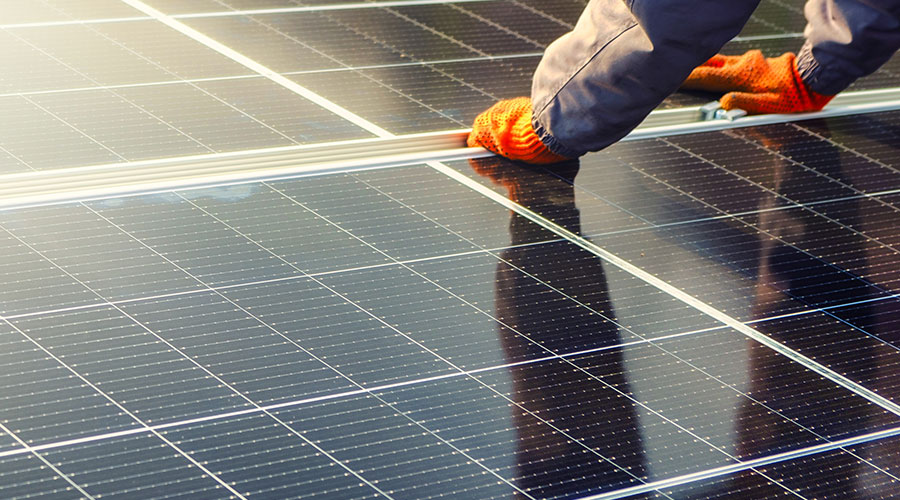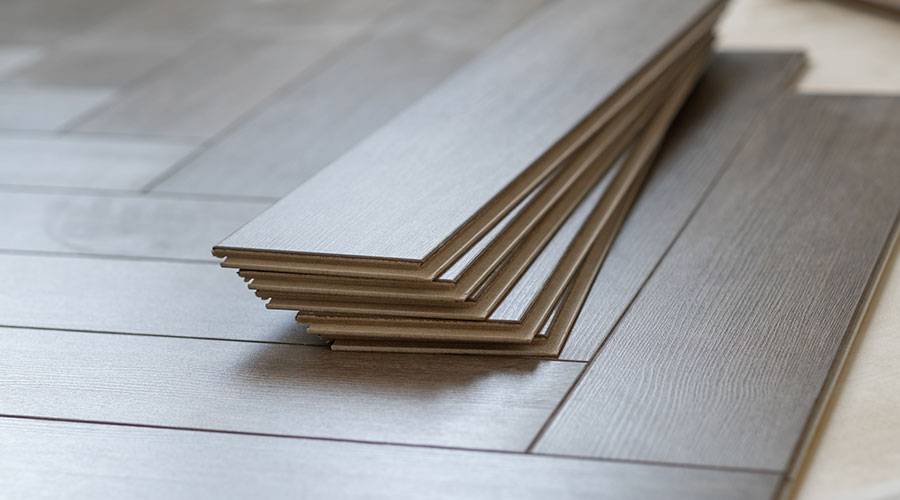Roof Coatings: Options Abound for Metal Roofs
The number of different roof coatings can be bewildering to facility managers. At last count, a directory of rated products from the Cool Roof Rating Council contained 1,035 different products from 133 manufacturers.
Only a few substrate types are in general use for commercial roofing, so the situation is not as complex as it might appear. Managers can make cost-effective coating decisions by reviewing the types of coatings appropriate for various roof substrates, as well as precautions for each system.
This article is meant as a general overview. Managers planning to use a roof coating should check local, state and federal building codes to ensure compliance with the local jurisdiction’s codes. Managers also might need to conduct additional research to determine other standards, such as those for fire and wind, applicable to the specified roofing system. Managers also should check the coating manufacturer’s requirements and those for the original roofing system.
Options for Metal
Many coatings are available for metal roofs, including water-borne acrylic, solvent-borne aluminum, rubberized aluminum, solvent-borne styrene-ethylene butylene styrene (SBS) white, polyurethane, and others typically identified by the primary resin they use.
Most metal roof systems feature factory-applied coatings, but weather can degrade the coatings, so aftermarket metal roof coatings are in demand. Although newer technologies such as polyurea and fluoropolymer formulations have generated interest, traditional asphaltic, acrylic, rubber, and polyurethane products provide time-tested performance and proven value.
Generally, workers will need to apply a primer before applying a surface coating to a metal roof system, regardless of the system’s age. Primer and coating combinations often are specific. Coatings manufacturers can provide guidance on preparing metal systems for surface coatings.
Urethane coatings and, more recently, polyurea coatings are two-component systems well suited to metal roofing. They provide good elongation and high tensile strength — about 1,500 pounds per square inch (psi), compared with 200-400 psi for other coatings.
Polyurea creates a harder surface than other types of coatings. These coatings also typically are 100 percent solids, so they offer the same advantages as water-based coatings in terms of volatile organic compound regulations and fire hazards. But they do not have the same limitations related to cure rate.
Related Topics:














